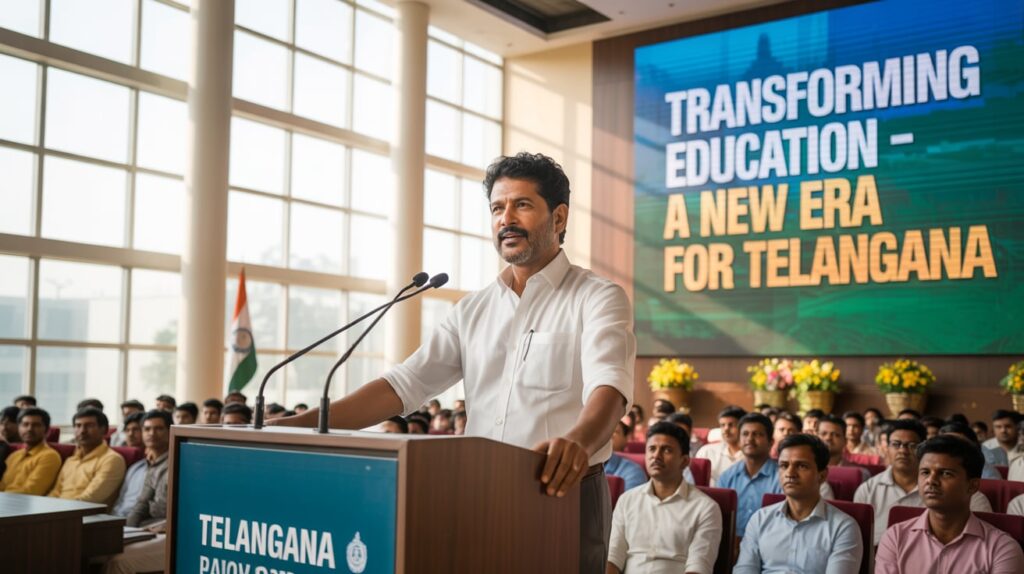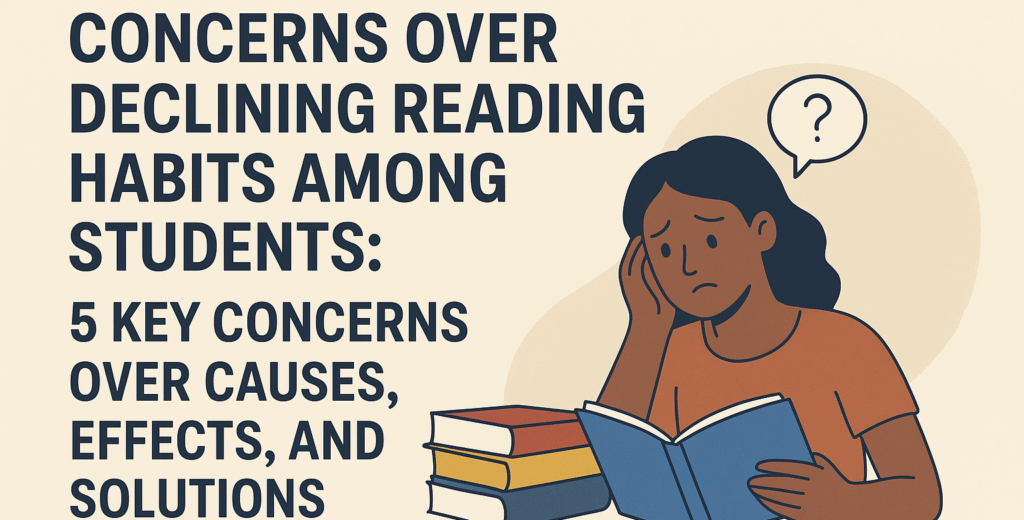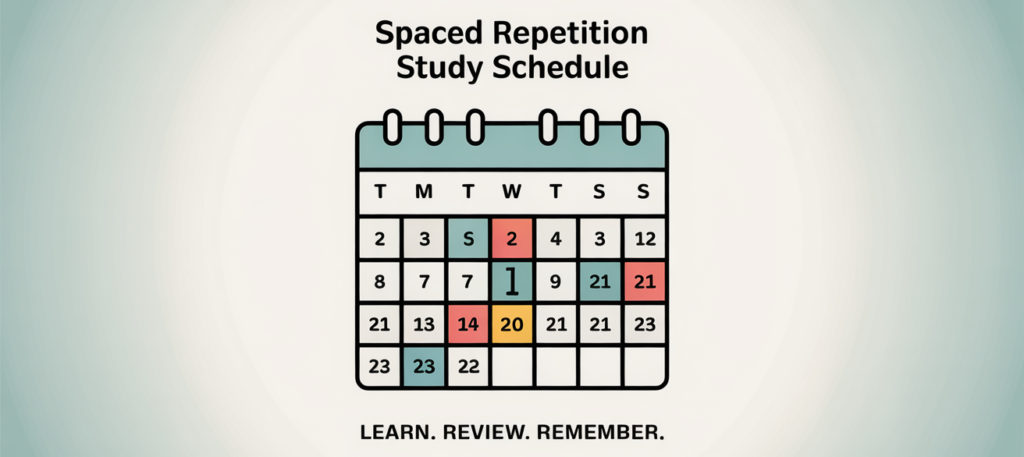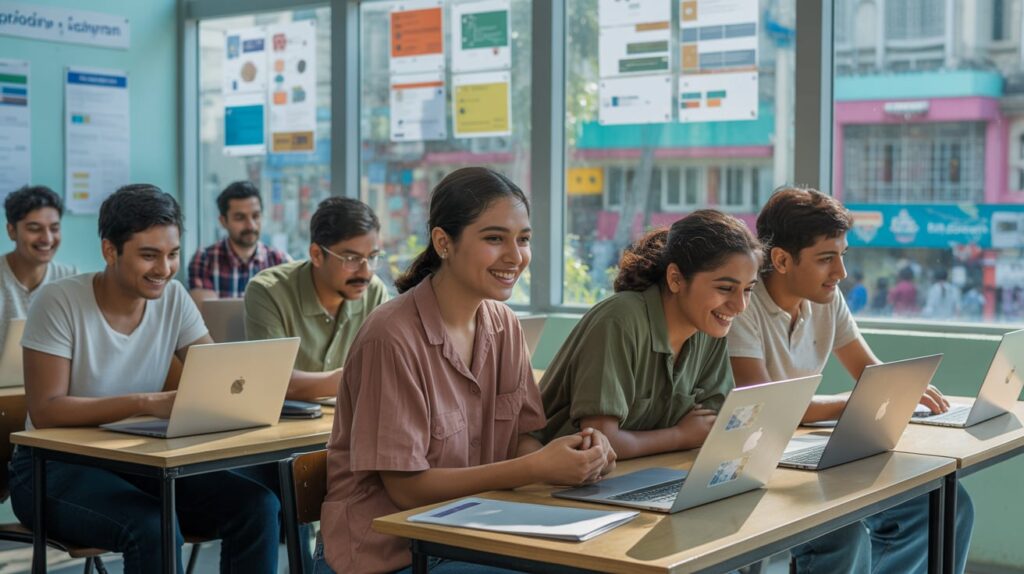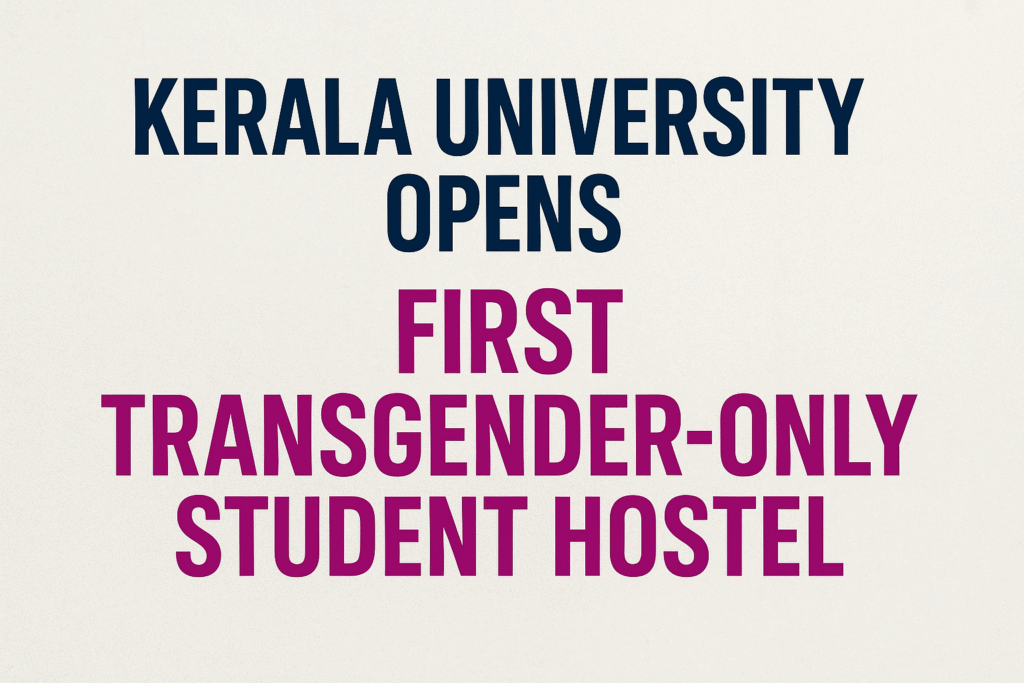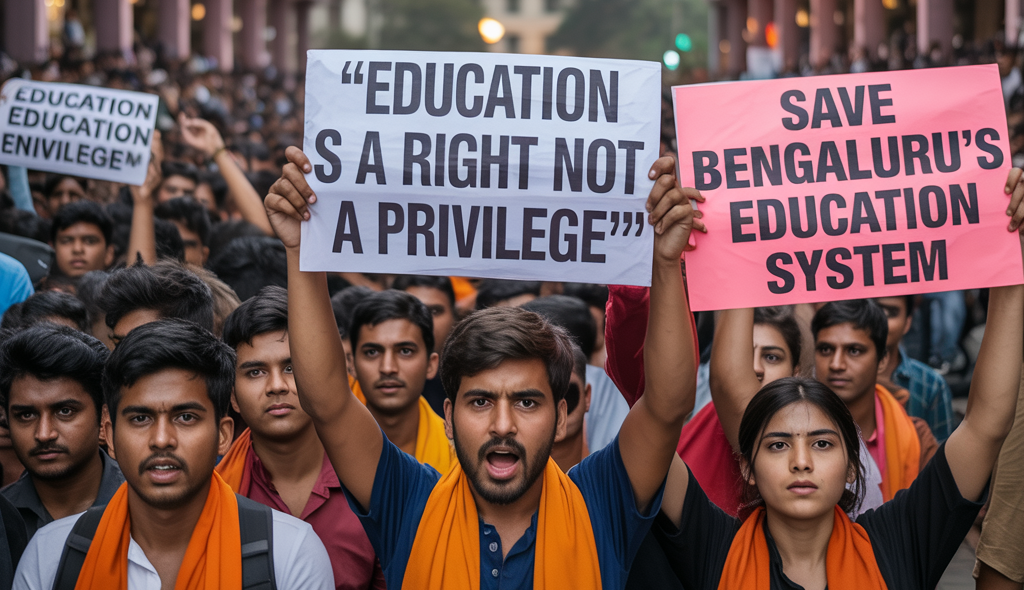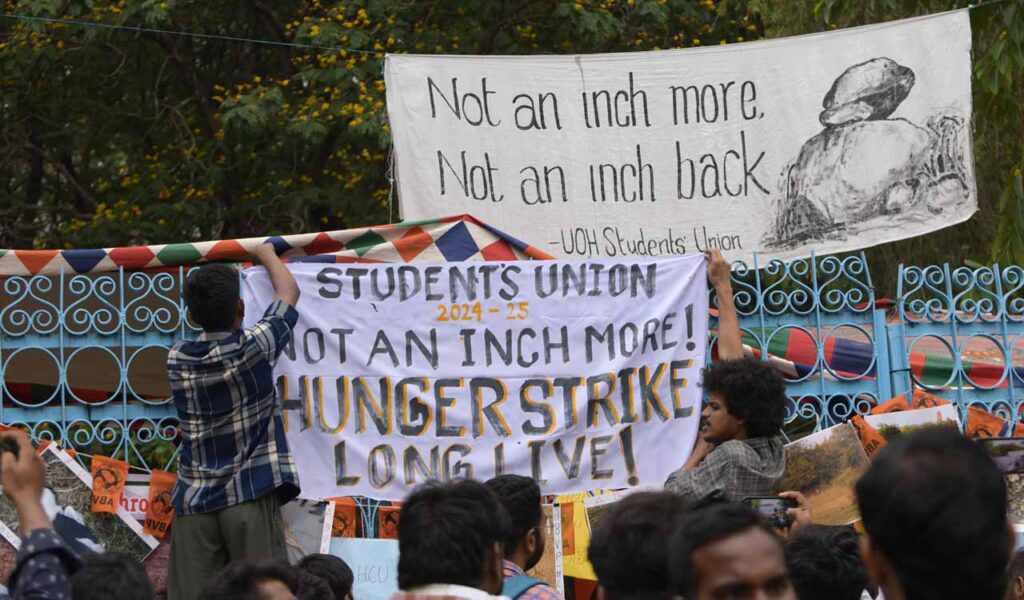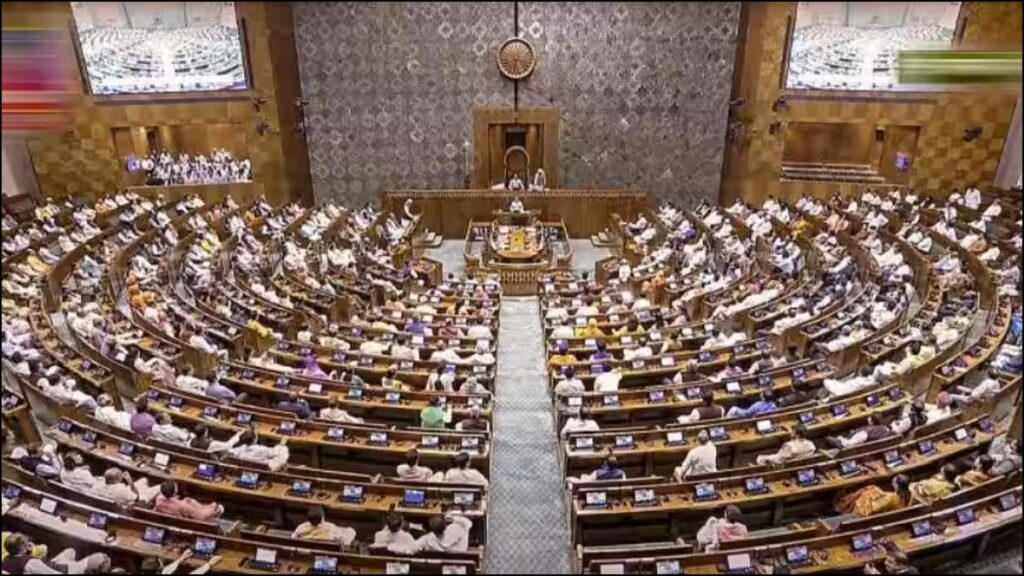Telangana’s Chief Minister Announces Major Education Reforms: Key Highlights and Impact on Students
Telangana’s Chief Minister announces major education reforms Recently, Telangana’s Chief Minister announces major education reforms that promise to transform the state’s educational landscape. The announcement was made during a Teachers’ Day event and has drawn wide attention from students, parents, and educators alike. With a commitment to invest heavily in infrastructure, appoint thousands of teachers, and boost enrollment in government schools, these reforms are being described as some of the most ambitious initiatives in recent years. The statement that Telangana’s Chief Minister announces major education reforms is not just about policy changes but about reshaping the very foundation of how learning will be delivered in the state. Let us dive deeper into the causes, effects, and broader implications of these reforms. Why Telangana’s Chief Minister Announces Major Education Reforms The education system in Telangana has been facing challenges such as underfunded schools, teacher shortages, and outdated facilities. By stepping in with a bold vision, Telangana’s Chief Minister announces major education reforms to address these issues systematically. Some key reasons behind these reforms include: Bridging the gap between private and government schools. Improving student enrollment in government-run institutions. Strengthening teacher recruitment and training to improve learning outcomes. Building better infrastructure to provide students with modern facilities. The phrase Telangana’s Chief Minister announces major education reforms highlights the urgency of solving long-standing educational challenges while preparing students for a brighter future. Key Announcements Made by Telangana’s Chief Minister When Telangana’s Chief Minister announces major education reforms, several critical points were emphasized: Annual Investment of ₹130 Crore in School Infrastructure The government pledged a recurring budget dedicated solely to enhancing school facilities such as classrooms, libraries, labs, and digital infrastructure. Appointment of 11,000 Teachers in 55 Days To fill long-standing vacancies, a rapid hiring initiative will bring thousands of trained teachers into government schools. Enrollment Boost in Government Schools Over 300,000 new students have enrolled in government schools within months, reflecting public trust in the reforms. Focus on Holistic Education Beyond academics, the reforms focus on skill-building, sports, and personality development. These announcements show that when Telangana’s Chief Minister announces major education reforms, they are both ambitious and practical. Impact of the Reforms on Students The declaration that Telangana’s Chief Minister announces major education reforms is not merely symbolic—it directly affects students in multiple ways: Better Learning Environment: Improved infrastructure will help students learn in safe, well-equipped spaces. Increased Teacher Availability: With 11,000 new teachers, student-teacher ratios will improve, making classroom learning more effective. Boosted Confidence in Public Schools: Parents are showing trust in government schools, which will help reduce the financial burden of private education. Opportunities for Holistic Development: Students will now get exposure not only to academics but also to extra-curricular growth. Challenges Ahead Even though Telangana’s Chief Minister announces major education reforms, some challenges must be acknowledged: Implementation Gap: Large-scale reforms often face delays in execution. Teacher Training: Recruitment alone is not enough; continuous training is vital. Sustainability: Ensuring the ₹130 crore investment is used efficiently and consistently is essential. Digital Divide: Not all students may benefit equally from digital infrastructure due to access gaps. Acknowledging these challenges ensures that when Telangana’s Chief Minister announces major education reforms, stakeholders are realistic about what lies ahead. Comparing Telangana’s Reforms with Other States The announcement that Telangana’s Chief Minister announces major education reforms can also be seen as part of a wider trend. Several Indian states, such as Kerala and Delhi, have already made significant strides in government school improvement. Telangana’s reforms add momentum to the idea that public education can be a reliable choice when backed with strong political will. Role of Teachers in These Reforms Teachers remain at the heart of these reforms. When Telangana’s Chief Minister announces major education reforms, the rapid appointment of 11,000 teachers stands out as a landmark decision. Trained educators are crucial for ensuring that investments in infrastructure and curriculum translate into real learning outcomes. Teachers will also be expected to adapt to modern teaching methods, integrate technology into classrooms, and mentor students for academic as well as personal success. Students’ Perspective From a student’s point of view, the fact that Telangana’s Chief Minister announces major education reforms means: More opportunities to learn in a well-equipped school. A chance to study under qualified teachers. Less dependency on expensive private schools. Confidence in receiving quality education at home without migrating to other states. Key Takeaways Telangana’s Chief Minister announces major education reforms with a focus on infrastructure, recruitment, and enrollment. The reforms promise ₹130 crore annual investment and 11,000 new teacher appointments. Over 300,000 new students have already joined government schools. Challenges include implementation, teacher training, and sustainability. These reforms could set an example for education policy across India. Final Thoughts The declaration that Telangana’s Chief Minister announces major education reforms represents a turning point for the state’s education system. If implemented effectively, these initiatives will not only improve school facilities but also build trust in government-run institutions, reduce inequality, and empower students for future challenges. By focusing on infrastructure, recruitment, and holistic education, Telangana has shown that strong political vision can make education a true instrument of social and economic progress. For students, this is more than just policy—it is an opportunity to dream bigger and aim higher.
